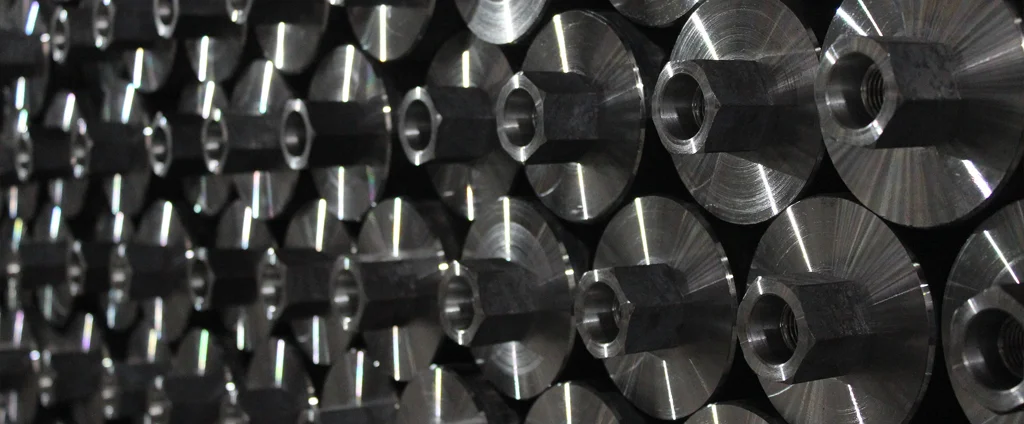SAE/AISI 8615 Alloy Steel (UNS G86150)

SAE/AISI 8615 is a nickel-chromium-molybdenum alloy steel renowned for its exceptional strength, toughness, and hardenability. Its versatile properties make it suitable for manufacturing a wide range of high-stress components such as gears, shafts, and bolts, meeting rigorous performance demands in various industries.
| Chemical Composition | ||
|---|---|---|
| Element | Min | Max |
| Iron | 96.99% | 98.07% |
| Carbon | 0.13% | 0.18% |
| Chromium | 0.40% | 0.60% |
| Manganese | 0.70% | 0.90% |
| Molybdenum | 0.15% | 0.25% |
| Nickel | 0.40% | 0.70% |
| Phosphorous | —— | 0.035% |
| Silicon | 0.15% | 0.30% |
| Sulfur | —— | 0.04% |
The following table provides a list of SAE/AISI 8615 properties in both SI and US customary/Imperial units.
Click on the button to switch between Metric and Imperial units.
| Physical Properties | Metric |
|---|---|
| Density | 7700 - 8030 kg/m3 |
| Mechanical Properties | Metric |
| Young’s Modulus (E) | 190 - 210 GPa |
| Bulk Modulus (K) | 140 GPa |
| Shear Modulus (G) | 80 GPa |
| Poisson’s Ratio (ν) | 0.27 - 0.30 |
| Thermal Properties | Metric |
| Thermal Conductivity | 46.6 W/m·K |
| Specific Heat Capacity (Cp) | 470 J/kg·K |
| Coefficient of Thermal Expansion (αL) | 1.3×10-5 1/°C |
| Electrical Properties | Metric |
| Electrical Conductivity | 4.23×106 S/m |
| Electrical Resistivity | 2.36×10-7 Ω·m |
The values in this table are approximate and can vary depending on various factors such as the specific manufacturing process and heat treatment applied to the alloy.
Advantages & Disadvantages of 8615 Alloy Steel
| Advantages | Disadvantages |
|---|---|
| Good strength and toughness | More expensive than carbon steel |
| Resistant to fatigue and corrosion | More difficult to weld than carbon steel |
| Can be heat treated to improve properties | More difficult to machine than carbon steel |
Applications of 8615 Alloy Steel
8615 steel offers excellent strength and machinability, making it ideal for a broad spectrum of demanding applications, including:
- Aerospace: Used in components such as landing gear, gears, and shafts.
- Automotive: Applied in engine blocks, crankshafts, and axles.
- Machinery: Utilized in gears, shafts, and bearings.
- Construction: Incorporated in beams, columns, and plates.
